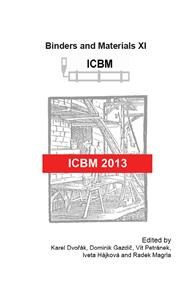p.103
p.109
p.113
p.117
p.121
p.125
p.131
p.135
p.139
Possibilities of Reducing the Apparent Porosity of Silica Bricks for the Coke Batteries
Abstract:
Silica is used for lining of the upper parts of glass furnaces and their regenerators and for lining of the lids of arc furnaces and for the coke oven batteries construction. Silica bricks represent 60% of refractory material used for a coke battery construction. Coke ovens are generally the largest oven aggregates, where silica material is used. The whole coke oven battery may reach the length up to 80 m due to the chamber sizes. A single coke oven battery contains up to 50.000 tons of refractories [1]. From the material science point of view, the durability of silica bricks depends on numerous parameters including first of all porosity and mineral composition. Microstructure of silica bricks changes during their application due to the heat load, repeated heating and cooling, and direct contact with the oven atmosphere. The paper discusses the possibility of reducing the apparent porosity and increasing of bulk density of coke oven silica bricks. It describes the effects of an iron dust, microsilica and influence of the compaction pressure on the coke oven silica microstructure. Functional characteristics of the material prepared according to the new standard recipes are compared with the properties of standard silica products.
Info:
Periodical:
Pages:
121-124
Citation:
Online since:
February 2014
Authors:
Keywords:
Price:
Сopyright:
© 2014 Trans Tech Publications Ltd. All Rights Reserved
Share:
Citation:


